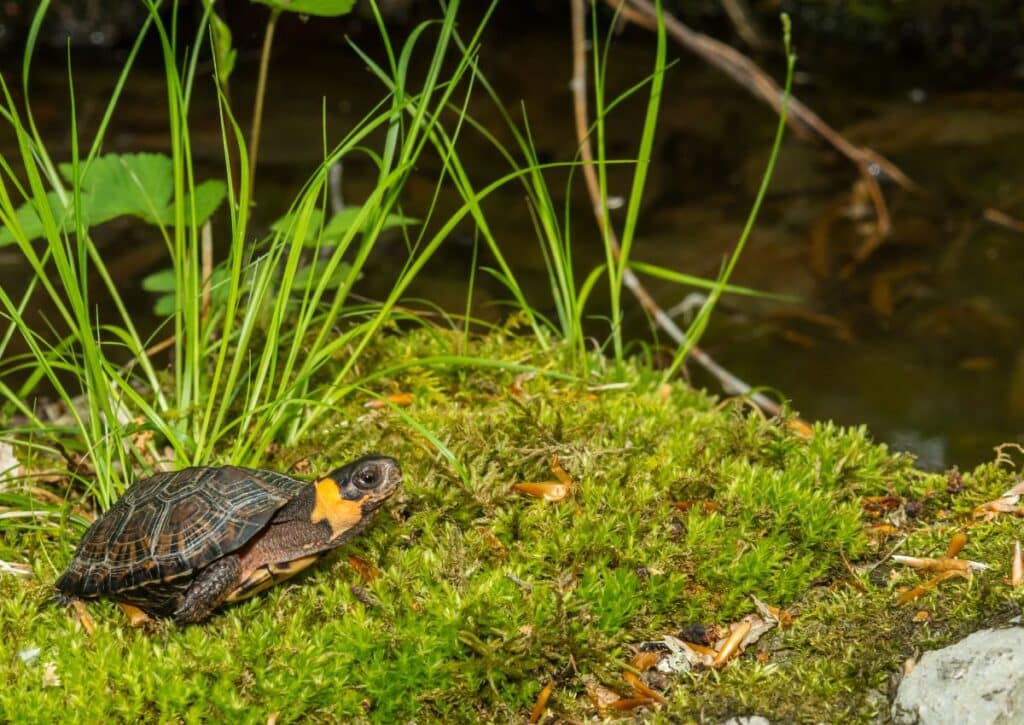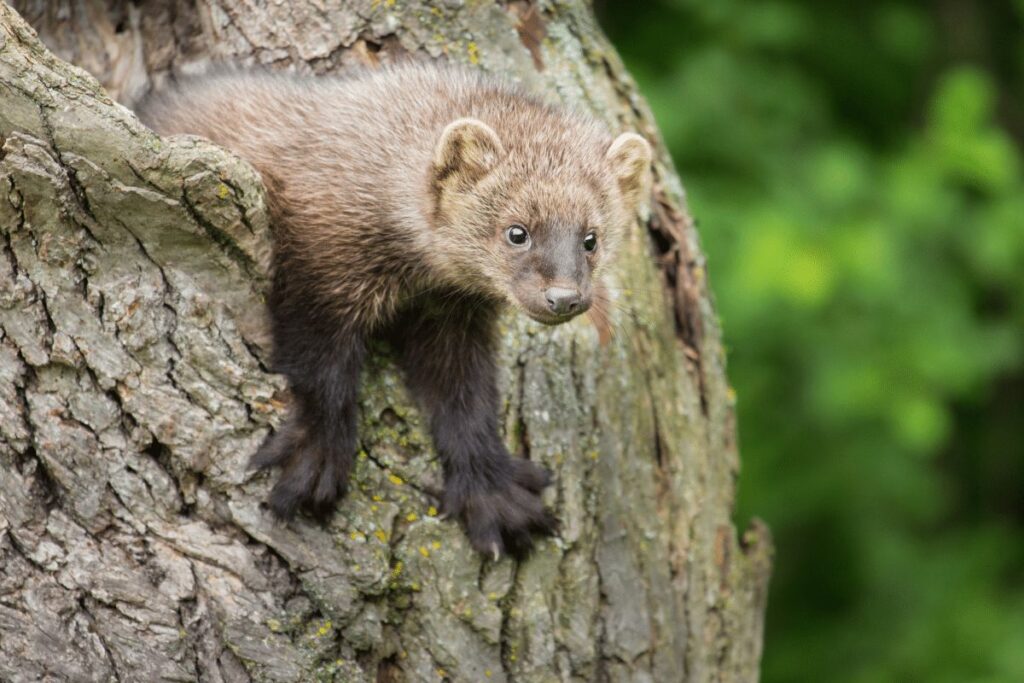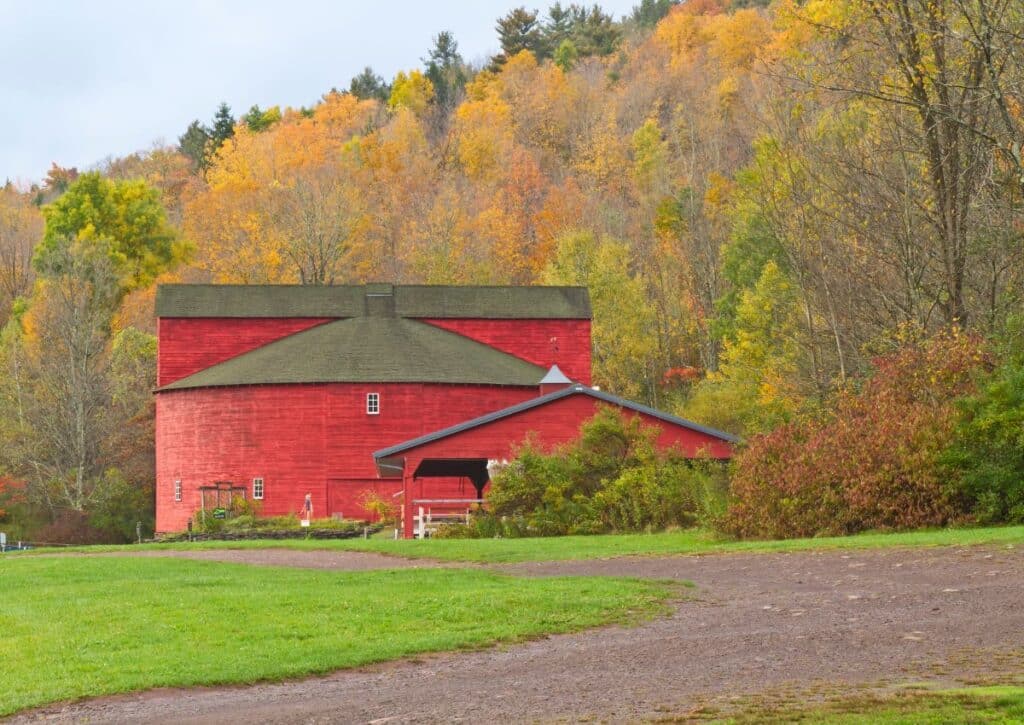Discover 3 endangered animals in the Catskill Mountains: Indiana Bat, Bog Turtle, and Eastern Hellbender. Learn where to spot them and hiking tips
The Catskill Mountains, sprawling across southeastern New York, offer more than just a picturesque backdrop. For many hikers and nature lovers, they are an adventurous escape.
But there’s more to these majestic mountains than meets the eye. As you plan your next hike in the Catskills, it’s essential to understand and appreciate the fragile ecosystems within and the endangered species that call these mountains home.
The Significance of the Catskills
Before diving into the list of endangered species, it’s essential to understand the Catskills’ unique ecological significance. This range, although not technically a mountain (it’s a dissected plateau!), houses diverse habitats such as wetlands, hardwood forests, and river systems, each serving as a refuge for countless wildlife species.
With human encroachment and climate change, however, many of these species now teeter on the brink of extinction.
3 Endangered Species to Know Before Your Hike
Indiana Bat (Myotis sodalis)
Description: These small bats have a wingspan of 9-11 inches and a weight of 0.2-0.3 ounces. They are characterized by their mouse-like ears and dark brown, almost black fur.
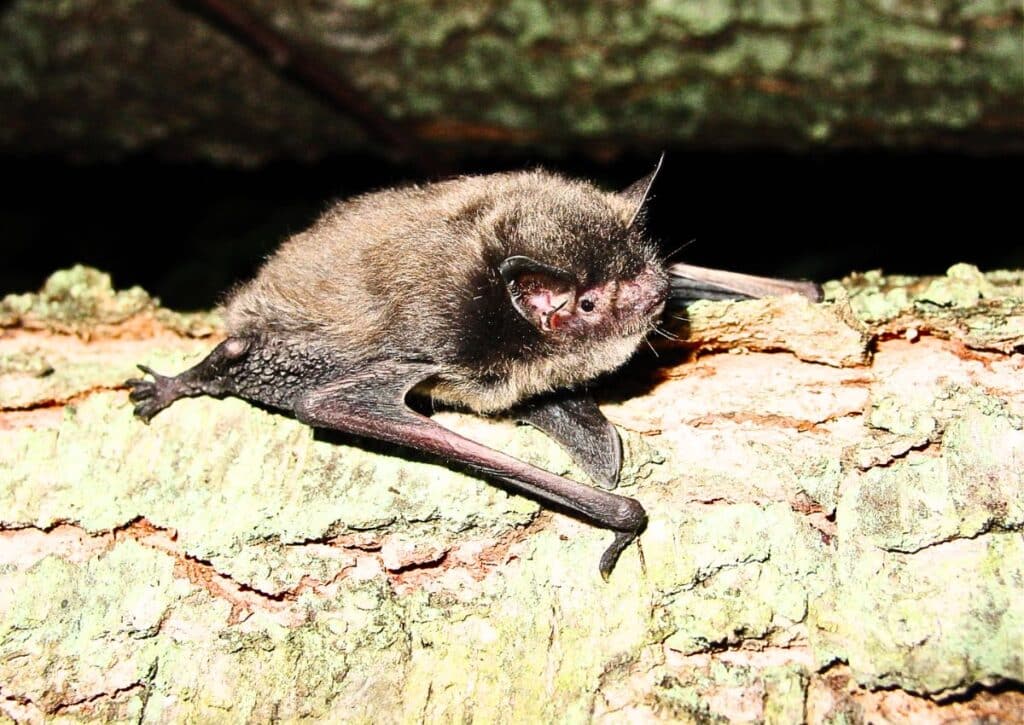
Habitat: During warmer months, they roost under the loose bark of trees. Come winter, they hibernate in caves or mines.
Why It’s Endangered: Habitat destruction, human disturbances during hibernation, and the white-nose syndrome (a deadly fungal disease) are chief threats.
Hiker’s Note: Respect cave closures, which often protect hibernating bat populations.
Bog Turtle (Glyptemys muhlenbergii)
Description: Being one of the smallest turtles in North America, it has a distinctive orange patch on each side of its neck.
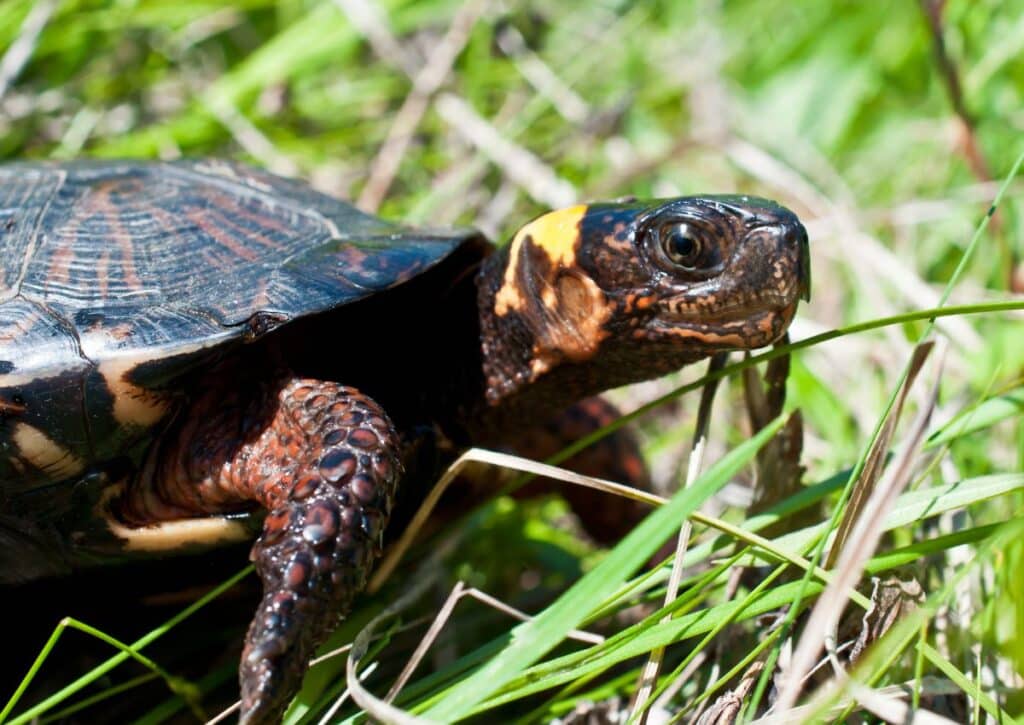
Habitat: They inhabit wet meadows, marshes, and other shallow wetlands.
Why It’s Endangered: Habitat destruction and illegal pet trade are primary threats.
Hiker’s Note: Tread lightly in wetland areas and always view animals from a distance.
Eastern Hellbender (Cryptobranchus alleganiensis alleganiensis)
Description: This is North America’s largest salamander, reaching lengths up to 29 inches. They have wrinkled, loose skin and are often mistaken for eels.
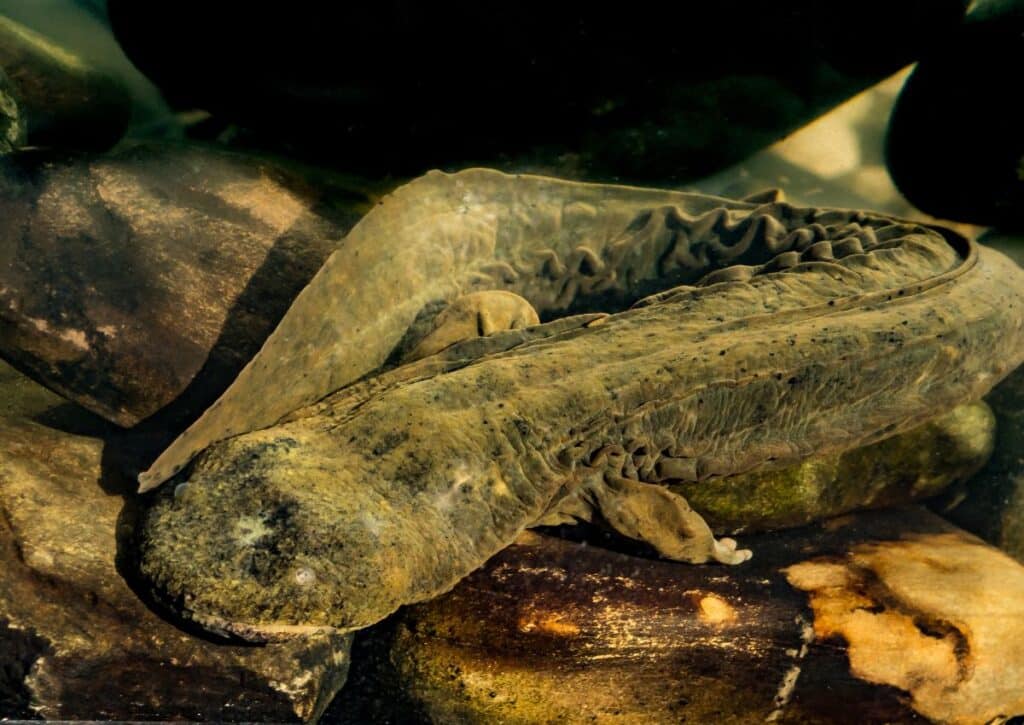
Habitat: Fast-flowing streams with large rocks.
Why It’s Endangered: Degradation of its aquatic habitats and water pollution have severely impacted populations.
Hiker’s Note: Keep campsites and hiking trails clean to protect aquatic habitats.
Trails to Witness Endangered Animals in the Catskill Mountains
While hiking in the Catskill Mountains, there are specific trails where you can heighten your chances of spotting or understanding the habitat of these endangered animals.
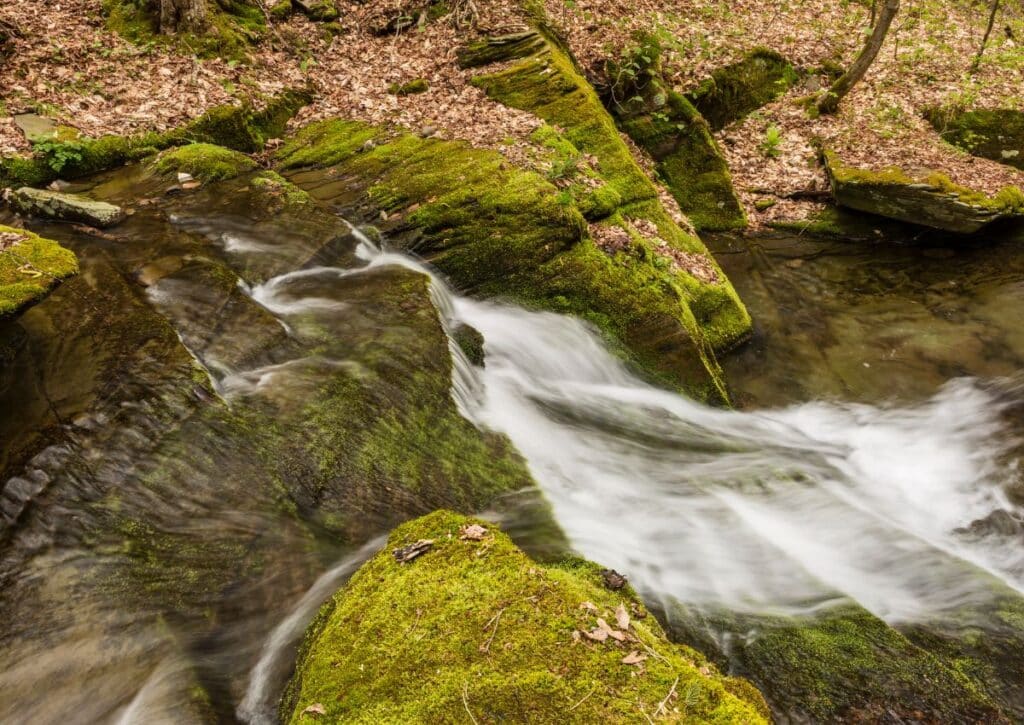
Keep in mind to always keep a respectful distance and follow ethical wildlife viewing guidelines.
Kelly Hollow Loop
Best for: Indiana Bat Habitat
Trail Description: This is a relatively moderate 4-mile loop. The trail takes you through beautiful mixed hardwood forests, showcasing the type of habitat where Indiana Bats are known to roost during warmer months. Remember, you might not see the bats, but you’ll experience their habitat.
Location: Near Arkville, NY.
Vernooy Kill Falls Trail
Best for: Bog Turtle Habitat
Trail Description: This 3.6-mile trail features a waterfall and several stream crossings. Wet meadows adjacent to these water sources are potential habitats for the bog turtle. While the turtles are elusive, the serene ambiance is a reward in itself.
Location: Near Kerhonkson, NY.
Rondout Creek Trail
Best for: Eastern Hellbender Habitat
Trail Description: Stretching around 6.5 miles, this trail runs beside the Rondout Creek, a potential habitat for the Eastern Hellbender. The clean, fast-flowing waters with rocky substrates provide the perfect environment for these large salamanders.
Location: Near Peekamoose, NY.
7 Pro Tips for Seeing Endangered Species in the Catskills
Spotting endangered species in their natural habitat can be a thrilling experience. But with the elusive nature of these creatures and the delicate balance of their ecosystems, it’s essential to approach this adventure with preparation and respect. Here are seven pro tips to maximize your chances of seeing endangered species in the Catskills:
Research Ahead of Time:
Before you hit the trail, research which endangered species are most likely to be in the area you’re hiking. Familiarize yourself with their preferred habitats and behaviors.
Seasonal Timing:
Certain species are more active during specific seasons. For instance, Indiana Bats are more likely to be spotted during warmer months. Plan your hike during the peak activity period for the species you’re hoping to see.
Quiet is Key:
The quieter you are, the less likely you are to scare away wildlife. Avoid loud conversations, music, or sudden movements. This not only increases your chances of sightings but also ensures that you don’t disturb the animals.
Early Bird Gets the Worm:
Many animals are crepuscular, meaning they’re most active during dawn and dusk. Starting your hike early in the morning or in the late afternoon can improve your odds.
Dress for Success:
Wear neutral or earth-toned clothing that blends in with the environment. Bright colors or reflective materials can deter animals.
Stay Patient and Observant:
Nature watching requires patience. If you’ve done your homework and know you’re in the right spot, sometimes it’s a matter of waiting and watching. Bring along binoculars and perhaps a field guide to enhance the experience.
Tread Lightly and Responsibly:
Always follow Leave No Trace principles. Stick to established trails, avoid touching or feeding animals, and never remove anything from the environment. Your presence should have minimal impact, ensuring that the habitats remain pristine for both the animals and future visitors.
Remember, the primary goal is to appreciate the beauty and significance of these species in their natural environments. Even if you don’t spot the elusive creatures, knowing that you’re treading in their home and doing your part to protect it is a reward in itself. Happy and responsible wildlife watching!
Conclusion
The Catskill Mountains are more than just a trekking paradise; they are home to some of the country’s most endangered animals. As you embark on your next Catskills adventure, remember the precious creatures that share the trail with you. With awareness, respect, and proactive measures, hikers can play a pivotal role in conserving these species for generations to come

